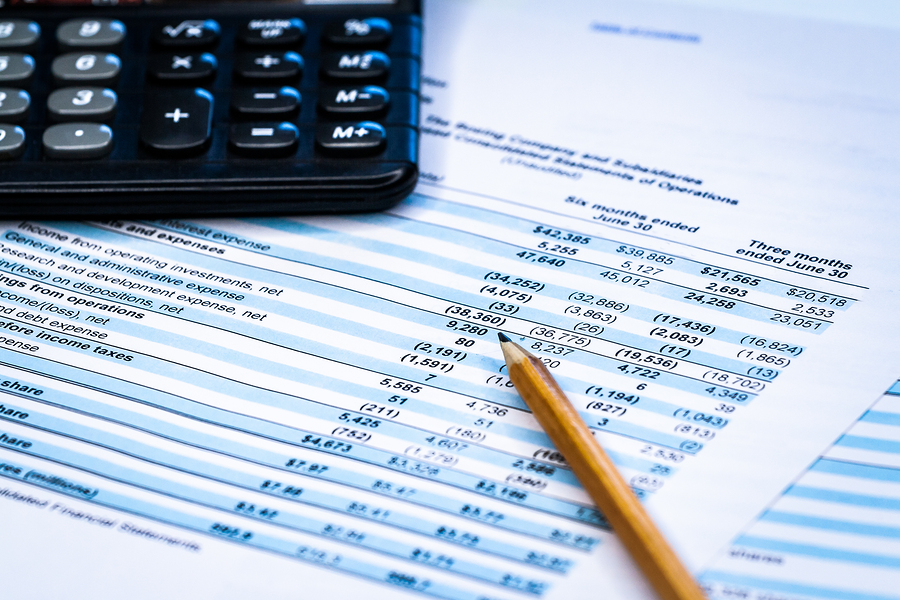Reviewing business plans and financial spreadsheets might seem superfluous in the second quarter of the financial year. But assessing your finances and accounting practices at this time of year can be the ideal time to help understand your business better, nurturing success, and hopefully avoiding any potential or impending crises.
A mid-financial year check can be the perfect opportunity to resolve issues with systems, processes, or products or services, identify new or emerging opportunities, and help you realign your end of year goals.
Overall, you should be looking at the business plan, financial statements, talking to customers, doing a stock take and looking at your products and services, even looking at your insurance. But for now, let’s stick to the financials.
First, review your balance sheet, income statement and cashflow statement.
A delicate balancing act
Your balance sheet will give you a snapshot of the health of the business. Comprised of the information on the Income and Cashflow statements, it will illustrate whether or not your numbers really do add up.
What’s your net worth? What do you own (assets) against what you owe (liabilities)? Do you have enough money to operate from day to day and can you pay your current debts? Do you need to cut your spending or look at some debt reducing strategies? Knowing where you stand as you head towards Q3 gives you a critical “heads up” for debt management. You can now take action to ensure you have enough liquid assets to cover any short-term cash needs moving ahead.
If things are great, the balance sheet also helps you determine how you use your net income moving ahead. It’s also the document that’s critical for tax lodgment.
Getting real with profit and loss
What can you gain from your monthly income statement mid-year? Your Profit & Loss (P&L) statement can be used to compare your forecasts to reality. Using your gross profit, net and operating income, you can look at reducing costs, as well as adjusting cash flow, budgets, and sales targets. P&L will also help ensure your small business deductions are being maximised ongoing.
Keeping the cash flowing
Your cashflow statement – money coming in and going out – will reveal payment cycles or seasonal trends that may require additional cash. Getting a grip on that cycle enables you to plan ahead and avoid nasty surprises. The benefit of doing this a couple of times a year simply makes the cycle more straightforward to assess.
It will also clearly identify a business at risk of failure. Are you running out of money? Are you spending more than you earn? As hard as information like this can hit you, imagine the damage of ignoring it for a further six months.
Forewarned is forearmed
Investing some time and energy into performing these fundamental mid-year financial checks will help streamline the process as you head into Q3, a positive effect that will continue into the final quarter and end of financial year.
Understanding your position at the start of Q3 will give you more time to implement changes to meet your annual goals and empower you with the ability to act on opportunities that you may not have otherwise seen. You’ll have a clearer idea of how your year is tracking, and as a result, potential for a greater impact on how it will end.
This will also empower you as a business owner or manager; you will have a better grasp of the business overall, giving you the confidence and ability to reinvigorate your staff, and in turn, improve the culture of the business.
Not such a bad idea then, is it?
Lachlan Grant, CEO, Vital Addition













